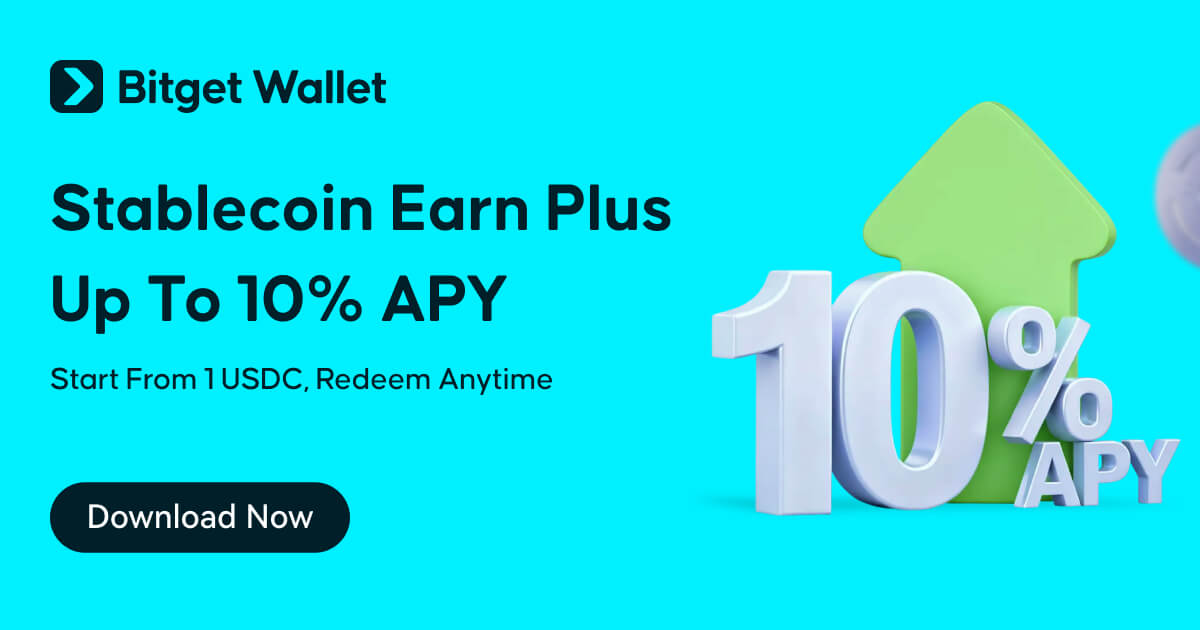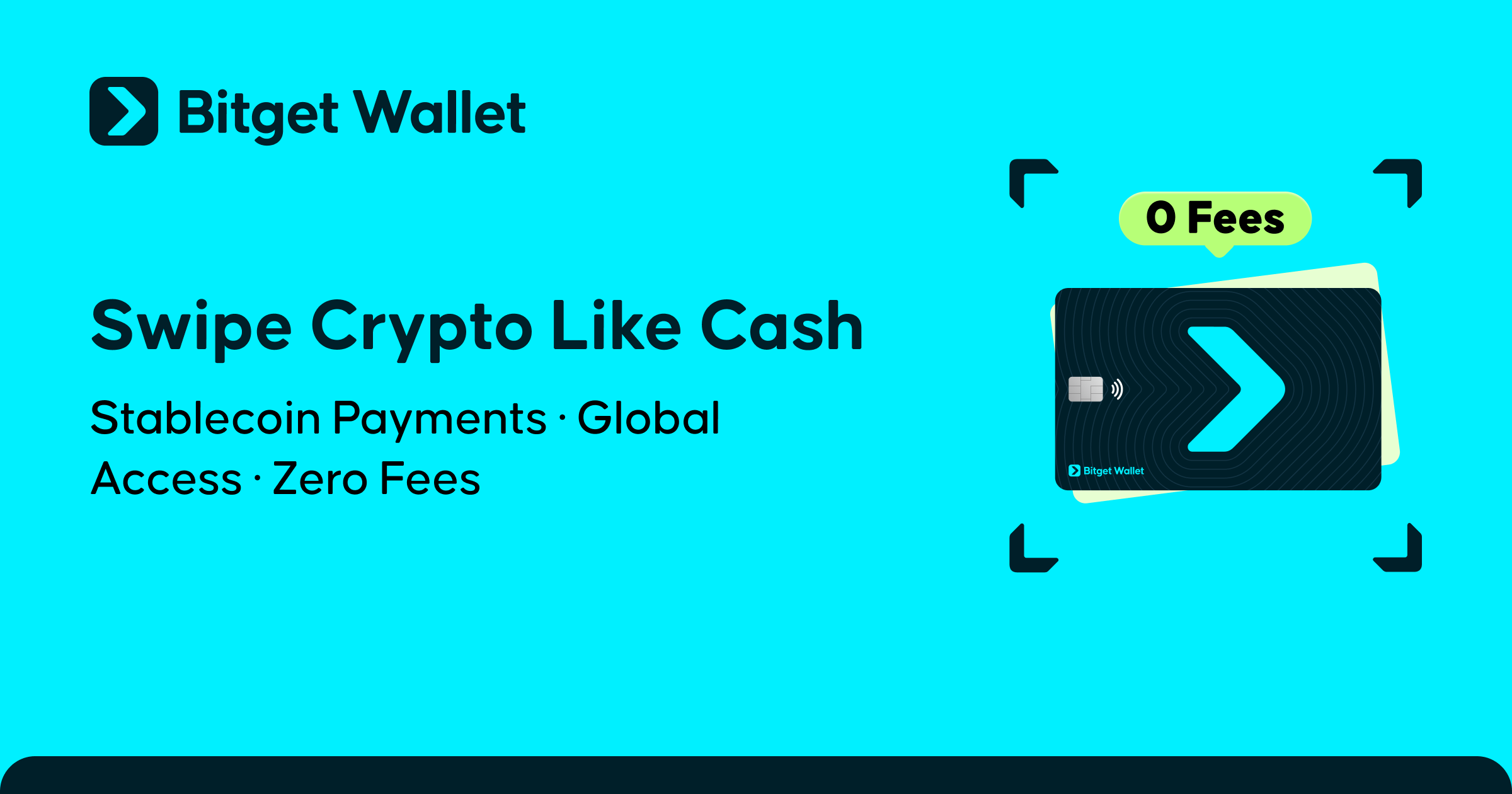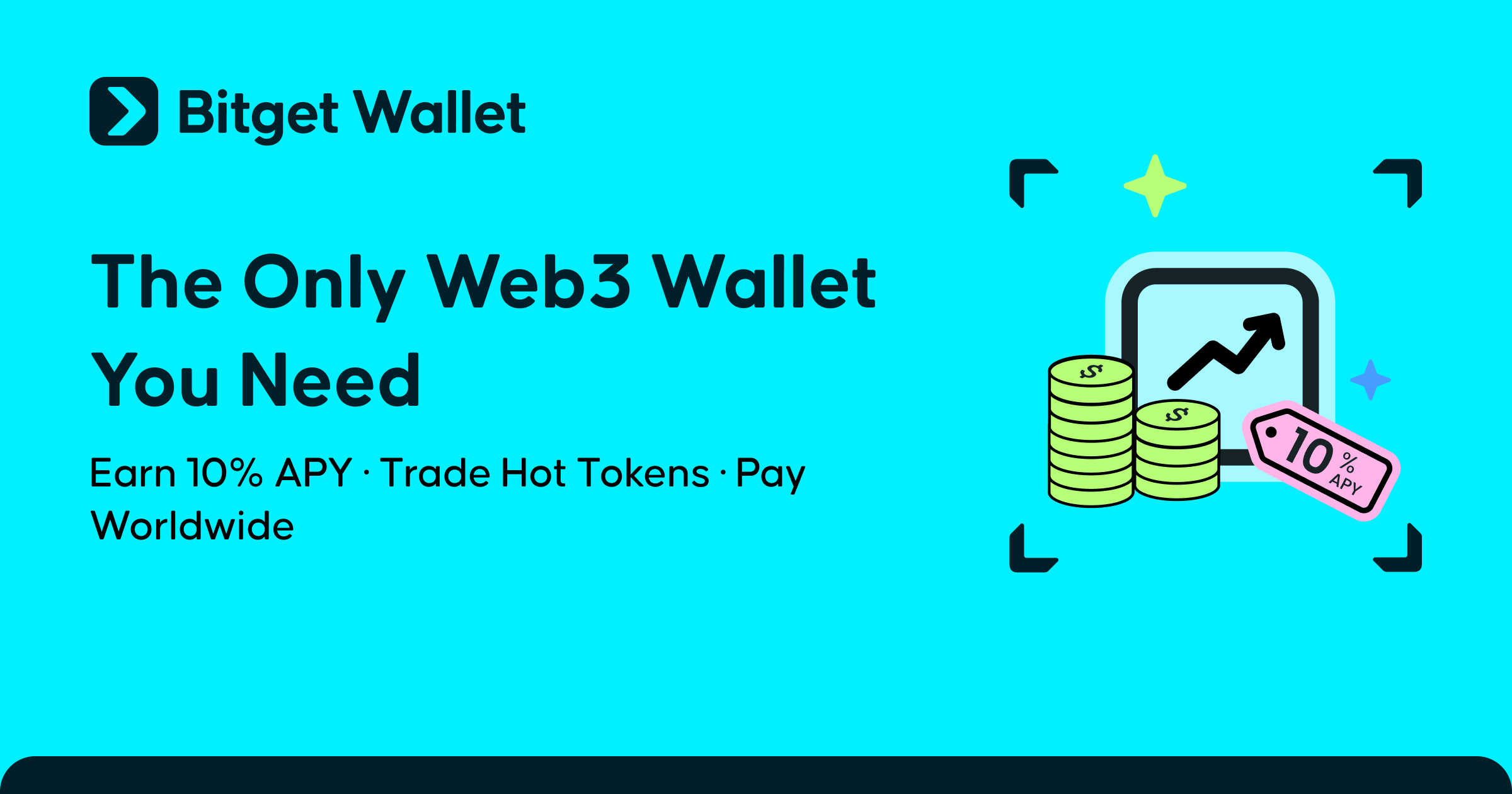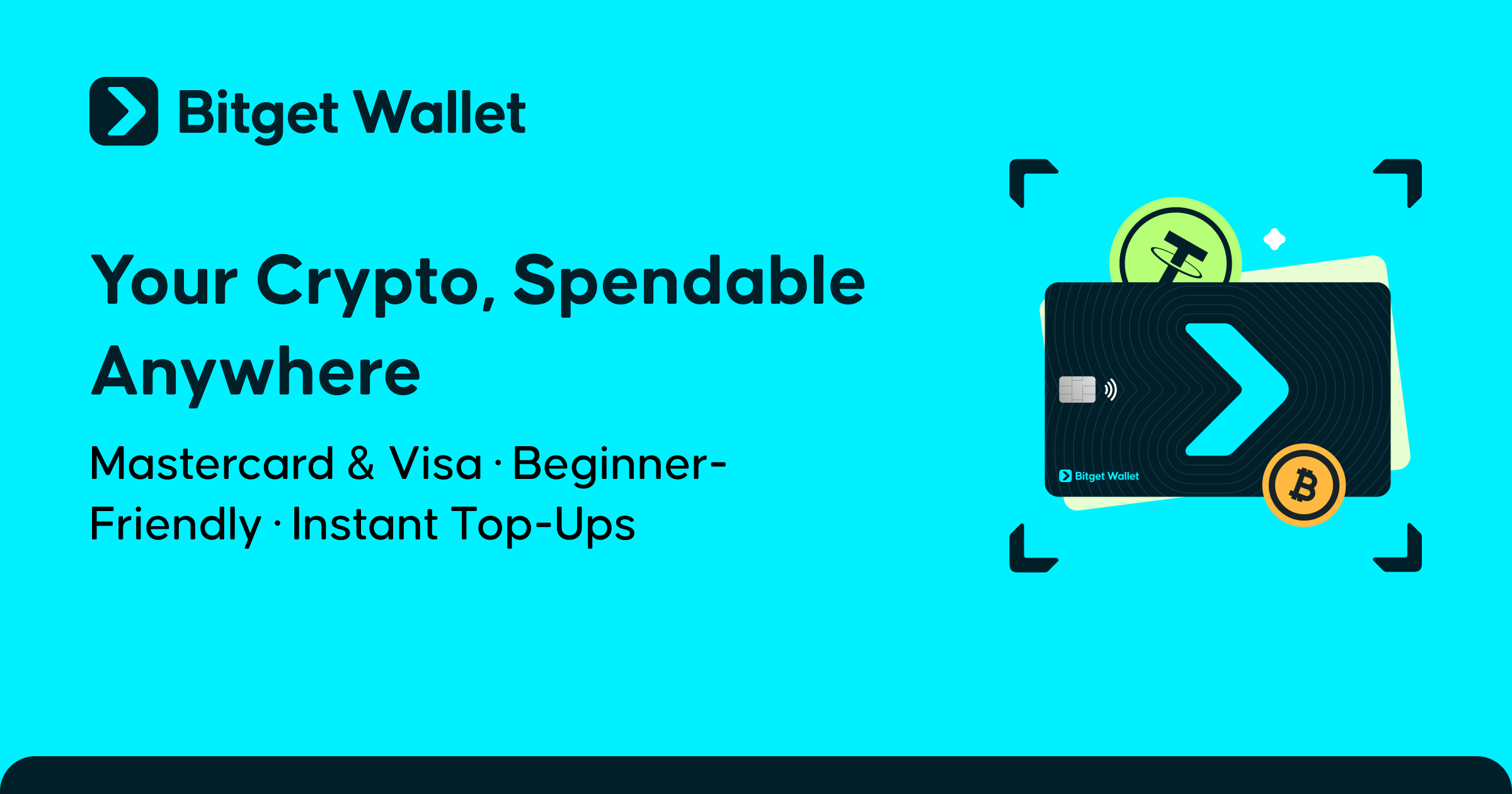What is Render Network? Unveiling the Future of Digital Creation
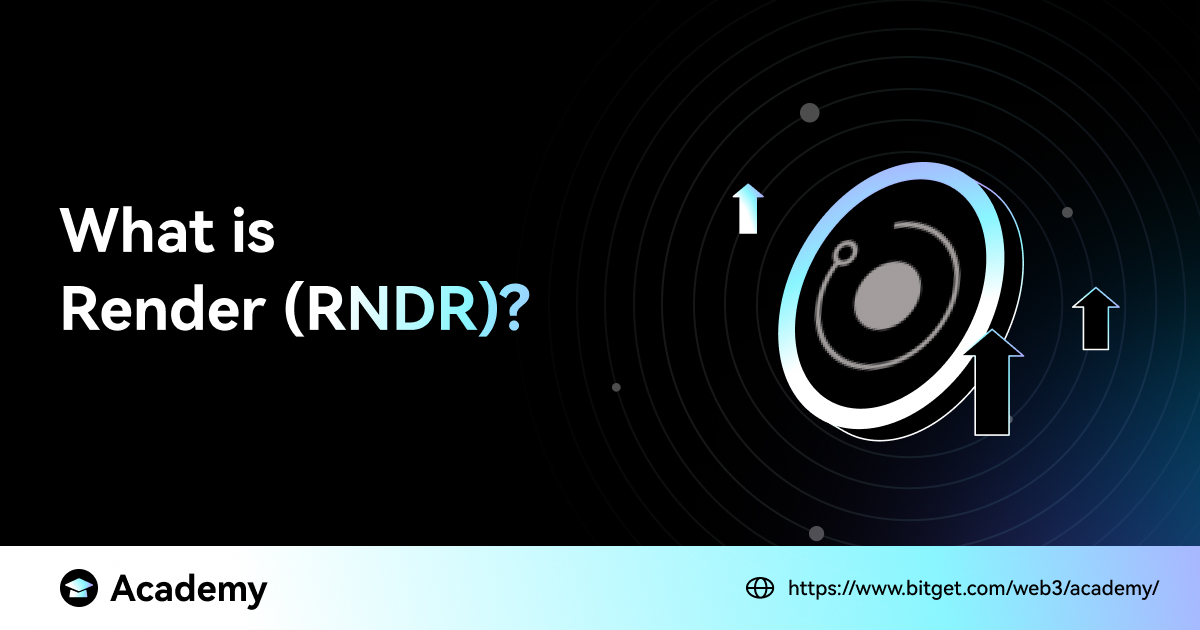
Render Network emerges as a shining example of innovation, pointing the route to a decentralized future for 3D rendering. Render intends to disrupt the existing environment of high-performance computing by using blockchain technology, making GPU power more accessible to a wider audience.
The days of depending on expensive, centralized rendering services are over. Render enables artists, companies, and content creators to access a vast network of distributed GPUs, allowing them to create magnificent digital works with unprecedented speed and cost.
What is Render Network?
Render Network is a decentralized, peer-to-peer marketplace that connects people and organizations seeking 3D rendering services with those having idle GPU compute capacity.
By utilizing blockchain technology, Render establishes a distributed network where rendering tasks are effortlessly shared, resulting in a more efficient and cost-effective process.
This new platform not only makes high-quality rendering more accessible, but it also allows GPU owners to monetize unused resources by contributing to the network. Render enables safe and transparent transactions using RNDR tokens, the network's native cryptocurrency, guaranteeing that both creators and contributors are adequately paid for their contributions.
Major Elements of Render
Render Network is based on a set of core features that separate it from standard rendering solutions and enable its decentralized approach. Let's examine the key parts that determine the unique features of Render.
- Decentralized network: Unlike centralized rendering services that rely on a single server or data center, Render operates on a distributed network of individual nodes, each contributing their GPU power to the rendering process. This decentralization enhances scalability, resilience, and accessibility.
- Tokenized economy: The RNDR token, an ERC-20 token on the Ethereum blockchain, fuels the Render ecosystem, acting as the medium of exchange for rendering services between creators and node operators.
- Smart contracts: This platform employs Ethereum-based smart contracts to automate and enforce the terms of rendering agreements. These self-executing contracts guarantee secure and transparent transactions, eliminating the need for intermediaries and streamlining the payment process.
- Scalability and efficiency: Render’s parallelized approach allows for faster rendering times, reduced costs, and optimized resource utilization, opening doors for creators to realize their visions without the constraints of traditional rendering methods.
Explaining How Render Works
Render is a dynamic, automated marketplace where content producers and GPU suppliers collaborate to complete rendering jobs effectively. Let's divide the procedure into simpler steps:
Step 1: Creating And Uploading Jobs
Creators start the process by establishing their rendering project. They indicate the desired resolution, output format, and sample size.
They choose an appropriate service tier based on the importance of their project and the performance benchmarks of available Node Operators.
Step 2: Uploading And Securing Assets
The project, which is structured as an ORBX file, is submitted using Render's OctaneRender website. Assets are then split, encrypted, and hashed to provide traceability and protect against malicious activities.
Project requirements and payment terms are enshrined in a smart contract and broadcast across the network.
Step 3: Assigning Jobs To Node Operators
Render's clever system, which takes into account both reputation ratings and project criteria, automatically matches Node Operators to relevant assignments.
This enables proper resource allocation and high-quality output.
Step 4: Rendering And Verifying
Selected Node Operators use their GPUs and OctaneRender to complete the allocated work. Creators may see the rendering process in real time and identify any errors that arise.
Completed renders are encrypted until the creator verifies and pays for the work.
Step 5: Securing Payment And Completing Jobs
Payments are held in escrow during the whole procedure. The Node Operators get RNDR tokens when the developer approves them. The Render Network retains a little portion to facilitate the transaction.
Finally, creators can download or share their rendered assets directly from OctaneRender.
Key Applications of Render
Render's impact spans across sectors, altering the creation and consumption of digital information. In the film and animation industries, this platform empowers studios and independent filmmakers to create amazing visual effects and animations more quickly and affordably. These accelerated rendering processes also help game creators create immersive environments faster.
In addition, Render's technology fuels the development of captivating virtual and augmented reality experiences, pushing the limits of interactive narrative and visualization.
Architects and designers also benefit greatly from Render's capabilities, using the platform to generate high-resolution 3D models and visualizations that effectively express their vision to customers and stakeholders.
Pros and Cons of Using Render
Render Network makes a solid case for 3D rendering, giving several benefits over conventional systems, such as:
- Cost-efficiency: Render significantly reduces costs by leveraging idle GPU power, making high-quality rendering affordable for everyone.
- Accessibility: The decentralized nature of Render democratizes access to rendering power, opening doors for creators with limited resources.
- Speed and scalability: Distributing tasks across multiple nodes accelerates rendering, enabling faster project completion and handling large-scale projects with ease.
- Security and trust: Blockchain technology and smart contracts ensure secure and transparent transactions, fostering trust between creators and node operators.
However, before diving in, it is necessary to evaluate all sides of the coin, as Render Network also has certain limitations:
- Adoption: Gaining widespread adoption in a market accustomed to traditional rendering solutions can be a challenge, requiring education and outreach.
- Network stability: The network's reliability depends on the consistent availability of node operators and their GPU power.
- Regulatory concerns: As a blockchain-based platform, Render must navigate the evolving regulatory landscape surrounding cryptocurrencies, which can pose challenges.
Exploring RNDR Tokenomics
The Render Network relies on RNDR, an ERC-20 utility token, to power transactions and incentivize involvement. With a maximum supply capped at 536,870,912 tokens, RNDR retains scarcity and value. Its first distribution included both public sales (October 2017) and private sales (January to May 2018), with a large amount kept in escrow to control supply and demand.
Beyond its transactional role, RNDR also includes governance responsibilities, allowing holders to influence the network's future. The new launch of RNDR Credits, which allows purchases via PayPal and Stripe, broadens Render's accessibility and invites a broader spectrum of producers to join this decentralized rendering revolution.
More about Render (RNDR) Wallet
Render Switching to Solana
In November 2023, Render Network transferred its operations from Ethereum to the Solana blockchain, a key step toward improving scalability and efficiency. This transfer also changes the token's ticker symbol from RNDR to RENDER.
Related content: Ethereum vs Solana
RENDER now compensates for all rendering tasks, including 3D graphics and AI activities. Users can transfer and upgrade their current RNDR tokens to RENDER.
The move, supported by a community vote and motivated by Solana's high throughput and low latency characteristics, is likely to open up new opportunities for the platform, including real-time streaming and dynamic NFTs.
Render has also incorporated a Burn and Mint Equilibrium (BME) methodology to provide stable pricing and regulate token supply. This model also allows for predictable pricing of rendering and AI network jobs in fiat currency.
What is the Best Wallet for Render Tokens?
You should consider the suitable wallet type to manage your Render tokens. If you’re holding RNDR, opt for Ethereum-compatible options. But if you decide to switch to RENDER, using a Solana-compatible wallet is a wise move.
Another viable solution is to pick a multi-chain wallet like Bitget Wallet that works with various blockchains, thereby giving you an easy time handling your digital assets (whether they are RNDR or RENDER tokens).
Bitget Wallet, with its user-friendly design, solid security features, and seamless connection with decentralized apps, allows you to take control of your tokens and explore the amazing potential of the Render Network.
- What Is Moore Threads and Why China Thinks It Could Be the Next Nvidia?2025-12-09 | 5 mins






